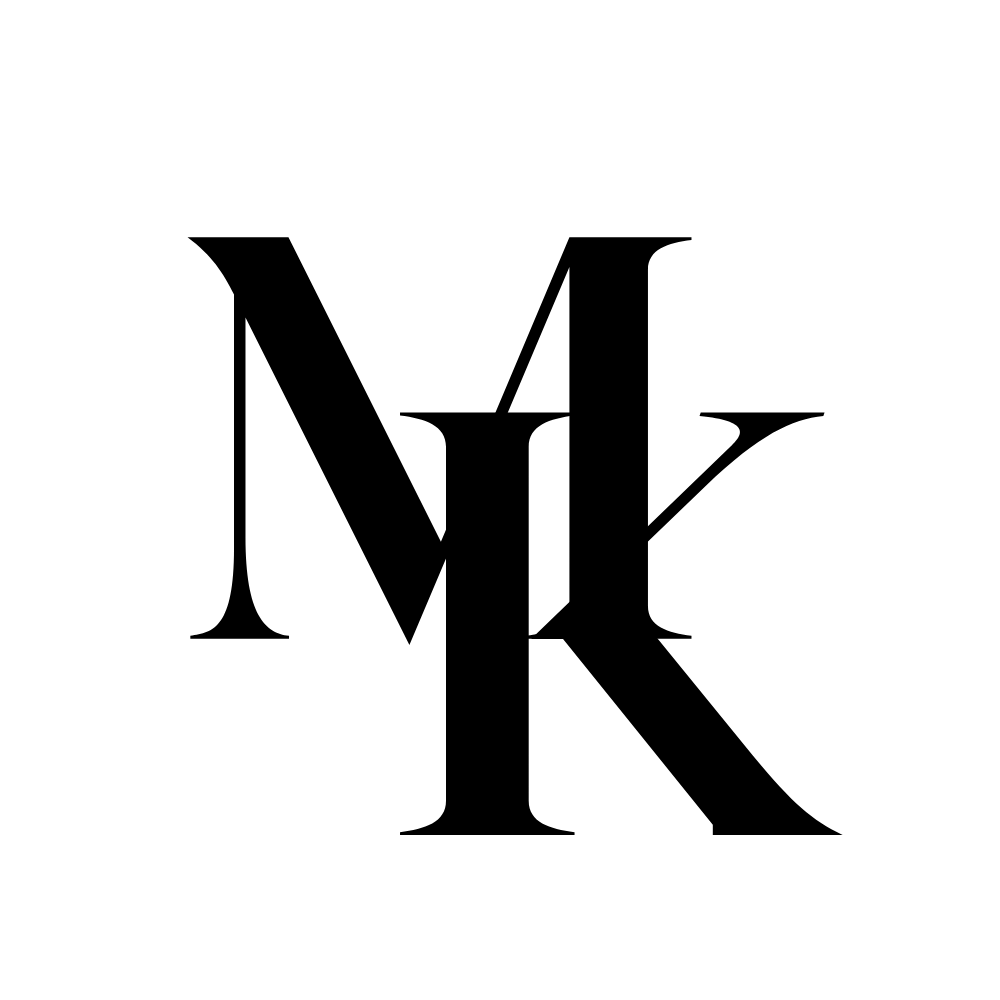Amazon vs T-mall for Luxury Brands
Luxury Brands on Saks Fifth Avenue’s Amazon Storefront: A Game-Changer or a Risky Move?
Saks Fifth Avenue store is online on Amazon on Apr 29, 2025. This reminds me of handling luxury beauty and fashion brands going on T-mall in China years ago around 2015 to 2020 during the e-commerce boom in China. The difference is obvious to brands - T-mall is a brand-led self operating store leveraging Alibaba's traffic and marketing. Amazon is a retail-led third party marketplace curation.
Saks Fifth Avenue’s launch on Amazon’s Luxury Stores is again trying to reshape luxury e-commerce, offering brands like Dolce & Gabbana and Balmain access to Amazon’s 200M+ Prime members. But is it a golden opportunity or a gamble for exclusivity? Here’s a quick take on the pros and cons for luxury brands:
Pros:
✅ Massive Reach: Tap into Amazon’s vast audience, expanding to younger, diverse U.S. luxury shoppers of $80B market.
✅ Low Effort: Saks handles curation, pricing, and fulfillment, with Amazon’s fast Prime shipping boosting convenience.
✅ Curated Prestige: Saks’ premium displays and packaging maintain a high-end feel, reducing dilution risks.
✅ Data & Testing: Gain insights from Amazon’s analytics and test products with minimal investment.
Cons:
❌ Exclusivity Risk: Amazon’s mass-market image could dilute brand prestige, alienating luxury purists.
❌ Limited Control: Brands rely on Saks Fifth Avenue for presentation, sacrificing direct customer engagement.
❌ Competition: Risks cannibalizing D2C or other marketplace sales, with Saks Fifth Avenue Global’s consolidation limiting leverage.
❌ Regulatory Hurdles: FTC scrutiny over the Saks-Neiman Marcus merger could disrupt the partnership.
Comparison of the business model of brands of Saks on Amazon and T-mall Luxury Pavillion.
The Saks-Amazon deal offers unmatched scale but demands careful navigation to preserve brand equity. Emerging brands may thrive, while established houses face a tougher choice. What’s your take on this pivot in luxury retail?



